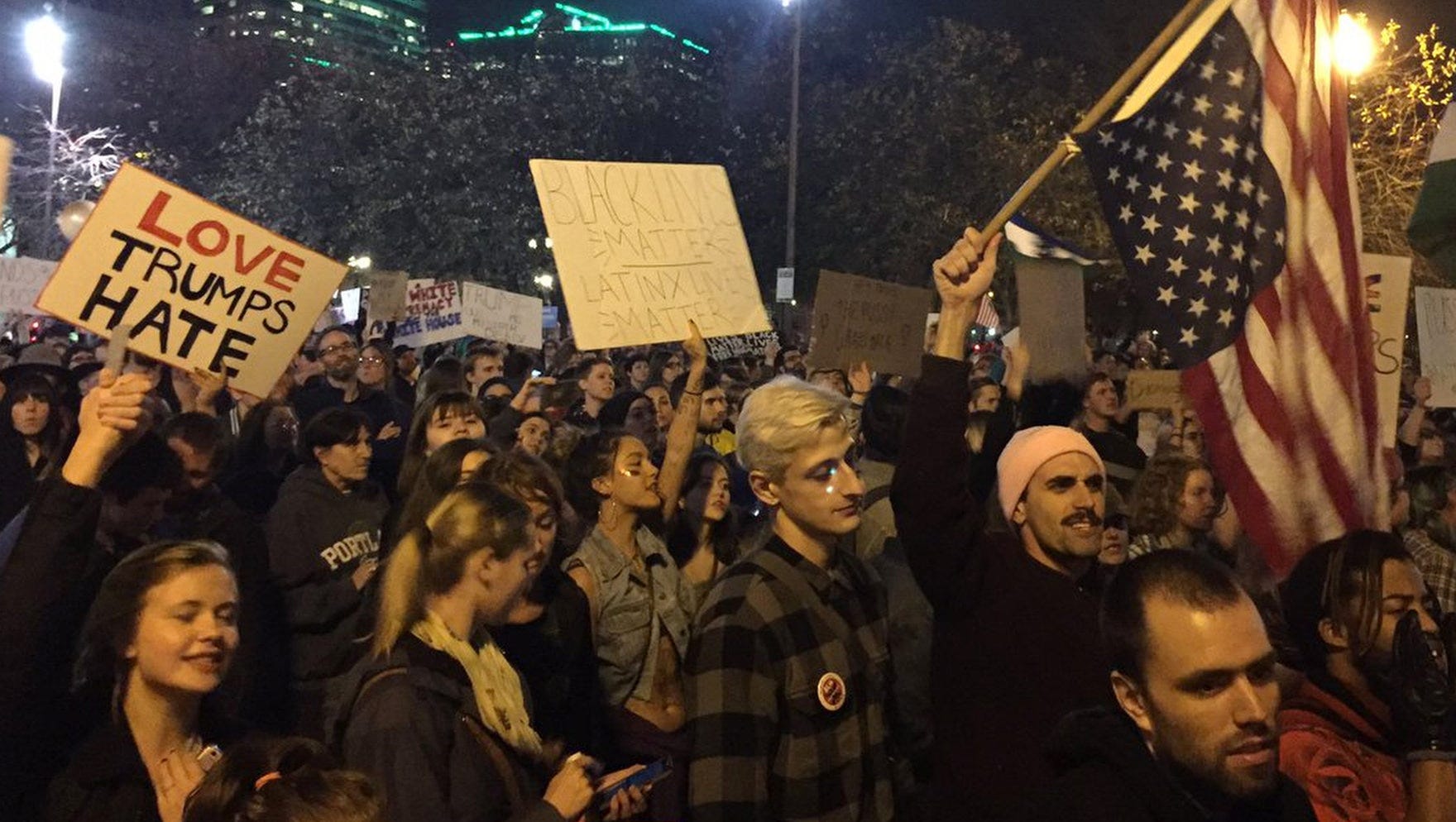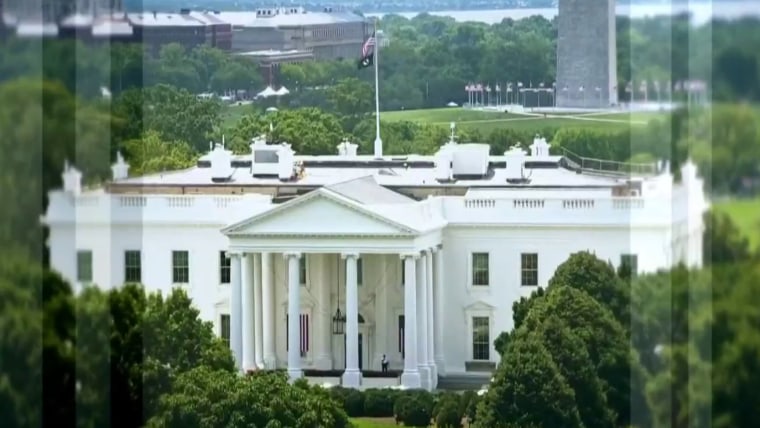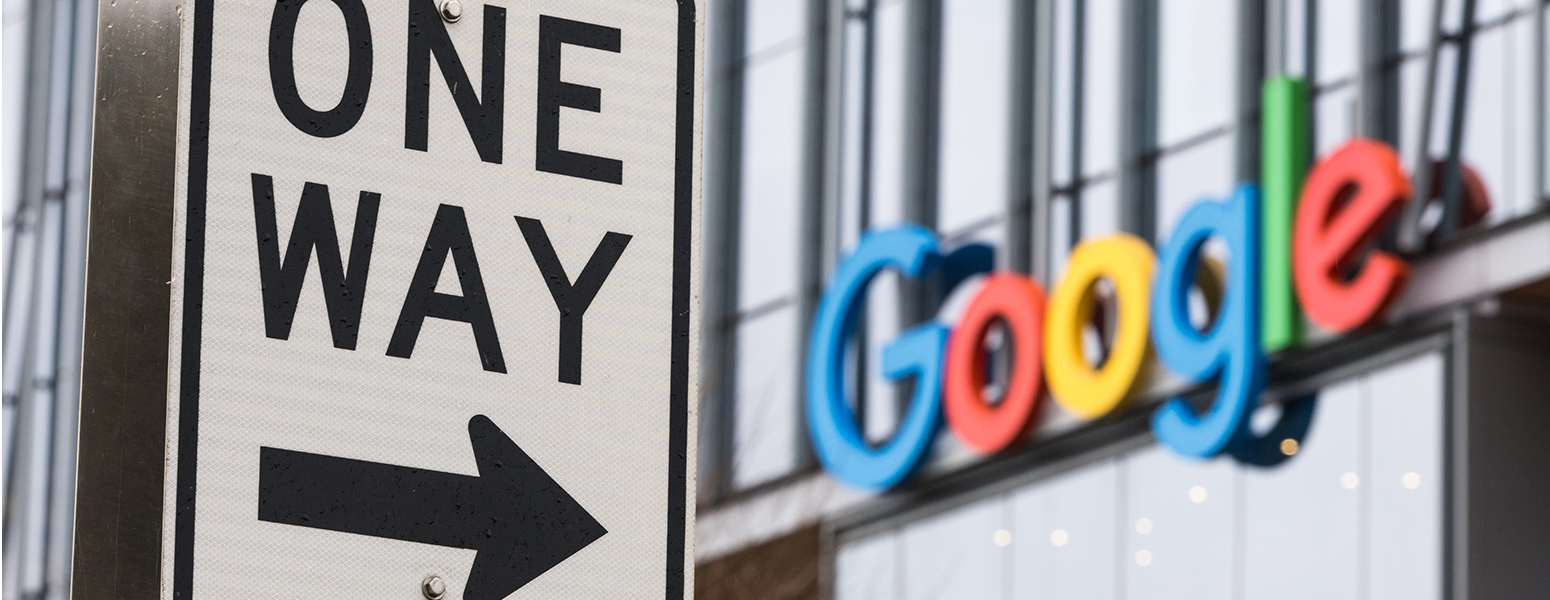Trump Protests: A Nationwide Uprising

Table of Contents
The Catalysts of Nationwide Trump Protests
Several interconnected factors fueled the nationwide Trump protests. These weren't monolithic movements; rather, a confluence of concerns coalesced into widespread demonstrations.
Policy-Driven Protests
Many protests stemmed directly from opposition to specific Trump administration policies. These policies ignited significant dissent and mobilized large-scale demonstrations across the country.
- Travel Ban Protests: The initial Muslim travel ban sparked immediate and widespread protests at major airports across the US, highlighting concerns about religious discrimination and constitutional rights. These protests, often involving diverse coalitions, exemplified the immediate and visceral reaction to specific policies.
- Healthcare Reform Rallies: Efforts to repeal and replace the Affordable Care Act (ACA) led to numerous rallies and protests in state capitals and major cities. Concerns about healthcare access and affordability fueled significant grassroots activism.
- Environmental Regulations Rollbacks: The Trump administration's weakening of environmental regulations resulted in protests by environmental activists and concerned citizens, highlighting anxieties about climate change and environmental protection. These protests often emphasized the long-term consequences of these policy changes.
These policy-driven protests showcased the power of organized opposition and the ability of specific policies to galvanize large-scale demonstrations.
Social and Cultural Divisions
Trump's rhetoric and actions significantly exacerbated existing social and cultural divides, further igniting widespread protests. His pronouncements on immigration, race, and gender frequently provoked strong reactions and mobilized diverse groups.
- Women's March: The Women's March, held the day after Trump's inauguration, was one of the largest single-day protests in US history. It demonstrated widespread opposition to Trump's stance on women's rights and reproductive healthcare.
- Black Lives Matter Protests: Existing Black Lives Matter protests intensified during the Trump administration, fueled by concerns about police brutality and racial justice. Trump's comments on these issues often exacerbated tensions and galvanized further action.
- Anti-racism protests: Following the murder of George Floyd, widespread protests against police brutality and systemic racism took place across the nation. While not solely focused on Trump, his rhetoric and policies on law enforcement were seen by many as contributing to the problem.
These protests highlighted the deep social and cultural divisions within the country and the role of presidential rhetoric in shaping these divisions.
Economic Anxiety and Inequality
Economic anxieties and concerns about income inequality played a significant role in fueling the protests. Many felt that Trump's economic policies disproportionately benefited the wealthy while neglecting the needs of working-class Americans.
- Working-Class Protests: Protests targeting economic inequality included demonstrations by labor unions, and those concerned about job losses in specific industries. These protests often highlighted the struggles of those left behind in an increasingly unequal economy.
- Tax Cuts Protests: Protests against the 2017 tax cuts argued that they further exacerbated income inequality and did not benefit the majority of Americans. These protests demonstrated concerns about the distribution of wealth and the fairness of the tax system.
These economically-driven protests emphasized the broader societal impact of economic policies and highlighted the connection between economic inequality and political unrest.
Geographic Distribution and Demographics of Trump Protests
The Trump protests weren't uniformly distributed across the country. Their intensity and specific focus varied significantly based on regional political leanings and demographic factors.
Regional Variations
The intensity and nature of protests varied considerably across different regions of the United States.
- Coastal Areas: Larger and more frequent protests occurred in traditionally liberal-leaning coastal areas like California, New York, and Oregon. These protests often reflected stronger opposition to Trump's policies and a higher level of political engagement.
- Rural vs. Urban: Urban areas generally witnessed larger and more organized protests, while rural areas often saw smaller, more localized demonstrations, reflecting differing levels of political mobilization and access to resources. The focus of protests also differed; rural protests often focused on issues of local importance, like environmental regulations affecting farming communities.
These regional differences highlight the complex relationship between geography, political affiliation, and levels of political activism.
Demographic Makeup of Protesters
The Trump protests drew participants from diverse age, racial, gender, and socioeconomic backgrounds, although specific movements often had a more defined demographic character.
- Diverse Coalition: While certain protests attracted a more homogenous demographic, the overall protest movement consisted of a diverse coalition of individuals from various backgrounds, united by their opposition to Trump's policies or rhetoric. This diversity illustrated the broad-based nature of opposition to the administration.
Further research is needed to provide more precise statistical breakdowns of the demographic makeup of the protesters, as data collection during large-scale protests is often challenging.
The Impact and Legacy of Trump Protests
The nationwide Trump protests had a significant impact, both in the short term and shaping the longer trajectory of American politics.
Influence on Policy
While it’s difficult to directly attribute specific policy changes to the protests, their impact is undeniable.
- Shifting Public Opinion: The sheer scale and visibility of the protests may have contributed to shifting public opinion on certain issues, influencing subsequent political discourse and decisions. The constant visibility and coverage in news media likely influenced the public perception of the Trump administration's policies.
- Grassroots mobilization: The protests demonstrated the power of grassroots activism in influencing the political process. The scale and organization of these protests served as a powerful example of what can be achieved through mobilization.
Long-Term Effects on Political Activism
The Trump protests had a lasting impact on political participation and activism in the US.
- Increased Political Engagement: Many argue that the protests contributed to a heightened level of political engagement among young people and previously less politically active demographics. The visibility of these actions served as an example for future political activism.
- New Forms of Activism: The protests also demonstrated the effectiveness of new forms of activism, including social media campaigns and online organizing, which had lasting impact on political organizing.
The legacy of the Trump protests extends beyond the specific policy changes they may have influenced. They represent a crucial turning point in American political activism, leaving a lasting impact on political participation and engagement.
Conclusion
The nationwide Trump protests represent a significant chapter in American political history, fueled by a complex interplay of policy disagreements, social divisions, and economic anxieties. These demonstrations, though diverse in their motivations and geographic locations, underscore the powerful role of citizen activism in shaping the political landscape. Understanding the history and impact of these Trump protests is crucial for analyzing the current political climate and engaging in informed civic participation. Continue to learn more about the history of Trump protests and their ongoing impact on American politics and society.

Featured Posts
-
 Secret Service Closes White House Cocaine Investigation
Apr 22, 2025
Secret Service Closes White House Cocaine Investigation
Apr 22, 2025 -
 Sag Aftra Joins Wga Complete Hollywood Shutdown
Apr 22, 2025
Sag Aftra Joins Wga Complete Hollywood Shutdown
Apr 22, 2025 -
 Ftc Investigates Open Ais Chat Gpt What This Means For Ai
Apr 22, 2025
Ftc Investigates Open Ais Chat Gpt What This Means For Ai
Apr 22, 2025 -
 New Business Hot Spots Across The Nation An Interactive Map
Apr 22, 2025
New Business Hot Spots Across The Nation An Interactive Map
Apr 22, 2025 -
 Is A Google Breakup Inevitable Examining The Antitrust Arguments
Apr 22, 2025
Is A Google Breakup Inevitable Examining The Antitrust Arguments
Apr 22, 2025
